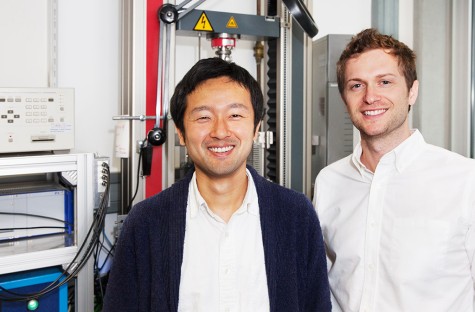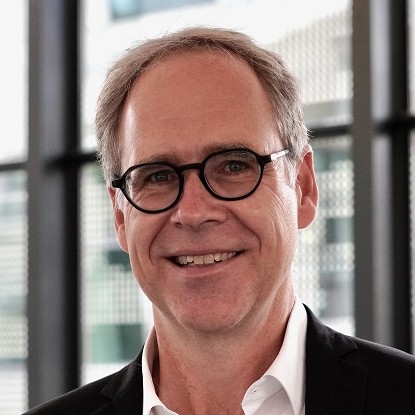Dr. Yoshitaka Ehara
Questionnaire to the Research Fellow
My field of research is fascinating. To laymen I would explain it in the following comprehensible manner:
Piezoelectric ceramics are widely used in actuators to provide high strain with high force, e.g. to drive motors, control fuel injection, and so forth. Most piezoelectric and electrostrictive devices use lead-based, since they exhibit much higher strain than their lead-free counterparts. However, lead-free materials are required for environmental protection. Because toxic materials, such as lead, are restricted in the EU through the draft Directives on Waste from Electrical and Electronic Equipment (WEEE), the Restriction of Hazardous Substances (RoHS) and End-of-Life Vehicles (ELV). In particular, actuator applications have a large market in piezoelectric devices, the development of lead-free materials are strongly demanded in the actuator field. Thus, it is necessary to search for lead-free piezoelectric materials that have excellent properties and can serve as an alternative to lead based systems.
My most important success in research to date is…
Bi-based materials, such as (Bi1/2Na1/2)TiO3 (BNT) and (Bi1/2K1/2)TiO3 (BKT), have attracted wide interest as a possible alternative to lead-containing piezoceramics. In particular, BNT is relaxor ferroelectric that is expected to be a superior end member in solid solutions because of its relatively good piezoelectric properties and high-temperature stability. However, there is still controversy about a phase structure in BNT–BKT. In addition, the influence of thermal, electrical, and mechanical fields on the macroscopic behavior, particularly in relation to actuator operating conditions, e.g. multilayer actuator for fuel injectors, is currently not understood. Therefore, the objective of this research is to develop a (electric field, stress, temperature) phase diagram for BNT-BKT ferroelectrics
I’ve chosen the TU Darmstadt because of…
an excellent faculty about preparation and characterization techniques for functional ceramics, such as temperature-, electric field- and stress dependent dielectric and piezoelectric properties. In addition, Professor Rödel has established numerous collaborations with research institutions all over the world, where advanced facilities, such as neutron and synchrotron X-ray diffraction, are available.
If I were a student today, I would…
spend time studying theory more, and German language skill.
The perfect balance to a stressful working day is…
To spend time with my colleague.
With the help of my host in Darmstadt I would like to…
search for lead-free piezoelectric materials that have excellent properties and serve as an alternative lead-based systems
Questionnaire for the host
Guest of: Prof. Dr. Jürgen Rödel
Department: Materials and Earth Sciences
You appreciate in your guest / your guest favourably impressed you by…
the request to learn how to do research. Especially, he believes the Western way of doing research in contrast to the Japanese way can be learned in Darmstadt
You, your team and the TU Darmstadt benefit from your guest’s…
Yoshitaka is an expert in processing of thin films whereas our team has so far processed only bulk material. Further, he is well connected to world-leading Japanese companies.







